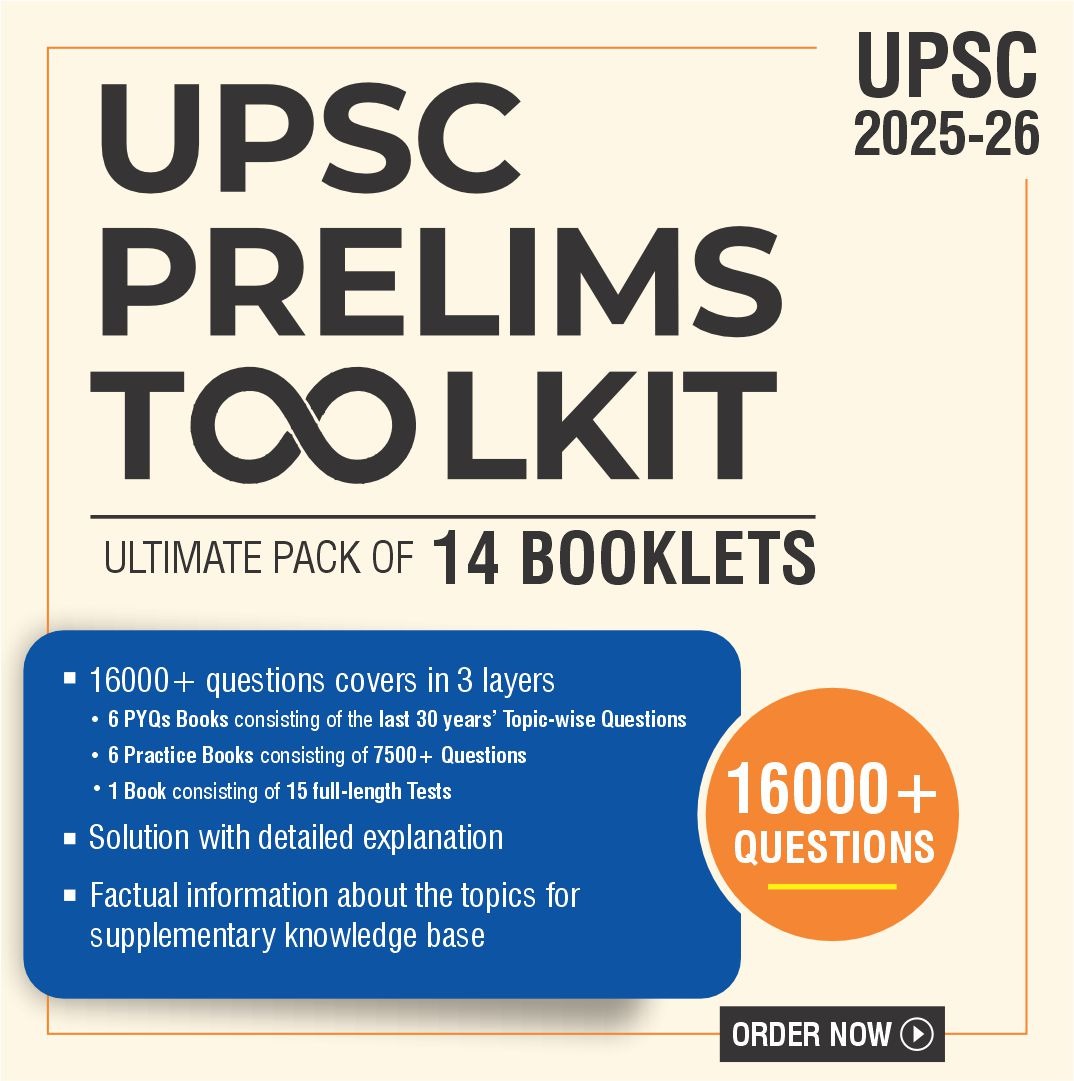Synopsis – Gulf leaders have signed a solidarity and stability agreement towards ending the diplomatic rift with Qatar in the 41st Gulf Cooperation Council (GCC) Summit in Al-Ula, Saudi Arabia.
Background-
- In 2017, Saudi Arabia and its allies [UAE, Bahrain and Egypt] decided to boycott Qatar and imposed a naval, air and land blockade.
- Qatar was charged to be too close to Iran and backed radical Islamist groups.
- The four countries presented Qatar with 13 demands as conditions for ending the embargo, which included-
- Closing Al-Jazeera and other Qatar funder TV network,
- closing a Tusking military base in Qatar,
- Reducing diplomatic ties with Iran and
- Ending interference in other countries internal affairs.
However, Qatar did not budge despite the heavy economic cost.
What are the impacts of 2017 boycott on Qatar?
Qatar showed resilience and manage the economic blockade. Qatar was able to deepen its relations with Turkey and Iran during the embargo, as both countries provided vital support.
- First, When the Saudi and Emirati airspaces were closed, Iran offered Qatar global connectivity.
- Second, Turkish troops arrived in Qatar and Iran increased shipments of supplies to the import dependent country. Qatar also bolstering its ties with Turkey during this period, which is eager to play a bigger role in West Asia.
- Third, Qatar played an important role in the U.S.-Taliban deal and continued to host talks between Taliban representatives and the Afghan government.
Saudi Arabia and its ally’s embargo on Qatar failed in its objective and Members of the GCC signed a deal in AlUla, Saudi Arabia to remove all the sanctions over Qatar and re-open their land, sea and air borders to Qatar.
However, Qatar has made few concessions to reach the reconciliation. The 13 specific demands were replaced by a broad agreement on non-intervention in other countries’ internal affairs and cooperating to ensure regional stability and security
What are the main reasons behind reconciliation?
- First, to counter Iran- The move is mainly aiming to create a regional bloc to counter Iran as the rift in the gulf helped Iran.
- Iran, reeling under U.S. sanctions, got some financial relief from Qatari payouts for using its airspace. Lifting the air and sea blockades, the Saudis and the Emiratis could deny Iran of those funds.
- Second, bridging the Gulf between two American allies– The reconciliation also a signal of unity for incoming administration of President Joe Biden.
- By resolving the feuds, Saudi Arabia will be able to put forward a much more united stance in front of US against Iran as Joe Biden is preparing to renegotiate the Iran nuclear deal.
Way forward-
- Although the Gulf reconciliation is a progressive step, especially in warming relations between Saudi Arabia and Qatar. Saudi Arabia should learn from the mistakes and build ties based on mutual interests and cooperation.
Discover more from Free UPSC IAS Preparation Syllabus and Materials For Aspirants
Subscribe to get the latest posts sent to your email.






